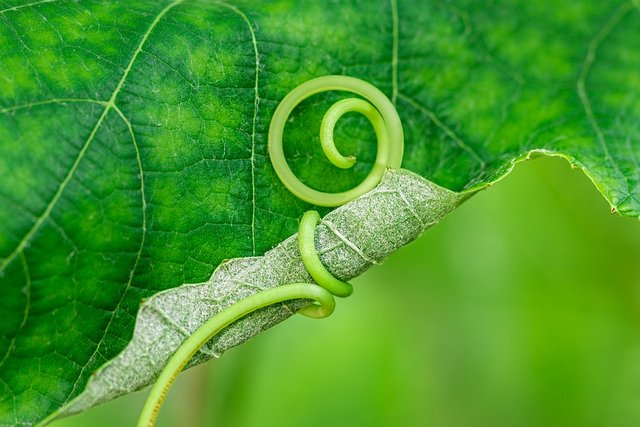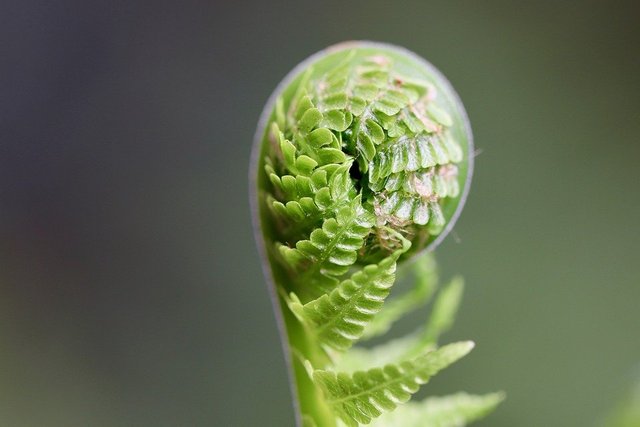Plant species and differential growth pattern

From the morphogenetic point of view, differential growth is understood as the division and non-symmetrical increase of tissues, cells, organs and progenies in the same species. In the case of the human species, growth and development follow a standard and irreversible pattern of increase in size mediated by cell proliferation, which later generates the physiological and motor structures responsible for all the biological work of our species.
However, this model of growth and development through a standard growth pattern exhibited by the human species is not the same for plant species, since plants change their growth habits due to genetic information and soil and climatic conditions.
According to biological inferences, the way in which plants grow depends to a great extent on the environment, however, each plant species has a particular and recognizable morphology, which reveals that we know little about how responses to the environment are integrated with the genetic mechanisms that give plants their basic shape and structural characteristics.
In this regard, recent studies have shown that the architecture and growth habit of plants is imposed by two different types of genes, namely ATH1 and DELLA, which according to experimental data work in parallel to generate differential growth patterns in plant species.
These findings may contribute to the knowledge of morphological characters associated with eco-physiological behaviors useful in the selection of genotypes suitable for establishing crops of food interest and even more so in the current context of accelerated climate change.

Fig. 2 In plant species, morphological characters change as a result of differential growth patterns. Image of public domain, Author: Nennieinszweidrei, 2021
BIBLIOGRAPHICAL REFERENCES CONSULTED:
[1] Huang C., Wang Z., and Suresh S Differential growth and shape formation in plant organs. Proceedings of the National Academy of Sciences. Article: Online access
[2] Sablowski R Shedding light on the long and the short of plant growth. Article: Online access
OBSERVATION


hello @lupafilotaxia,
One of the questions that comes to mind is whether plants are capable of altering their growth and development cycle if extreme climate change were to occur. It is known that animals can develop new mechanisms to survive, but is it possible that plants could mimic this behaviour?
Hi friend @trabajosdelsiglo, "is it possible that plants can mimic this behavior?", plants are the most intelligent and evolved organisms on the planet, we probably do not realize it with the naked eye because they lack mobility, however, they have shown to counteract adverse climatic effects surpassing any other species. Thanks for your comment.
Hi @lupafilotaxia, that diversity in the behavior of species is what many of us call life, no doubt, the differences between different organisms fulfill an existential purpose, many of us call it divine, others will assume it as a matter of adaptation. However the organization of the species is amazing. Thank you for sharing your work and we will continue reading.
Hi friend @madridbg, "no doubt, the differences between different organisms serve a purpose existence" is correct each variation has a meaning, the key is to elucidate that meaning for our benefit without affecting the context, greetings be well.
Wow such a nice article on plants , definitely I don't know about this type of species also exists in the nature. Thanks for enlightenment to me regarding this plant knowledge.
Hi friend @adityajainxds, morphological variability is one of the most exciting topics in the plant world. Thanks for leaving your comment.